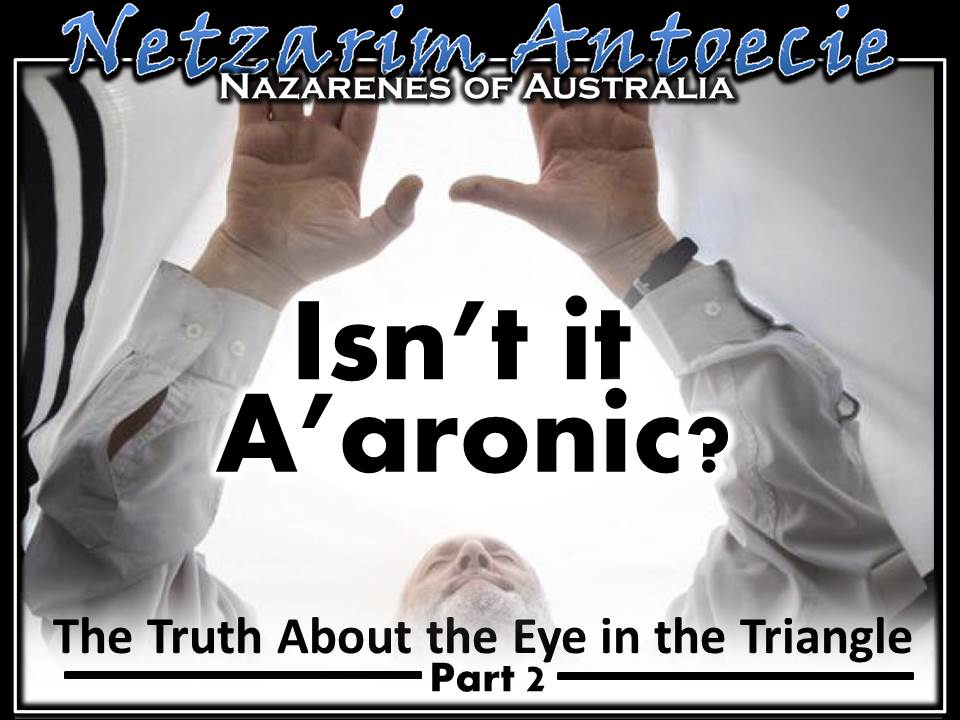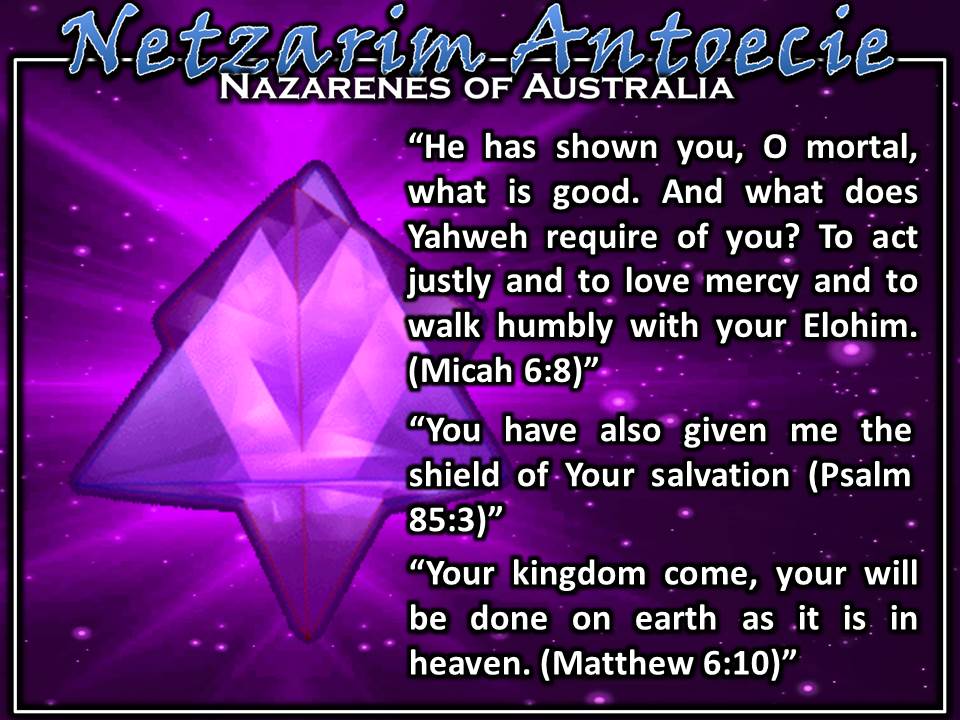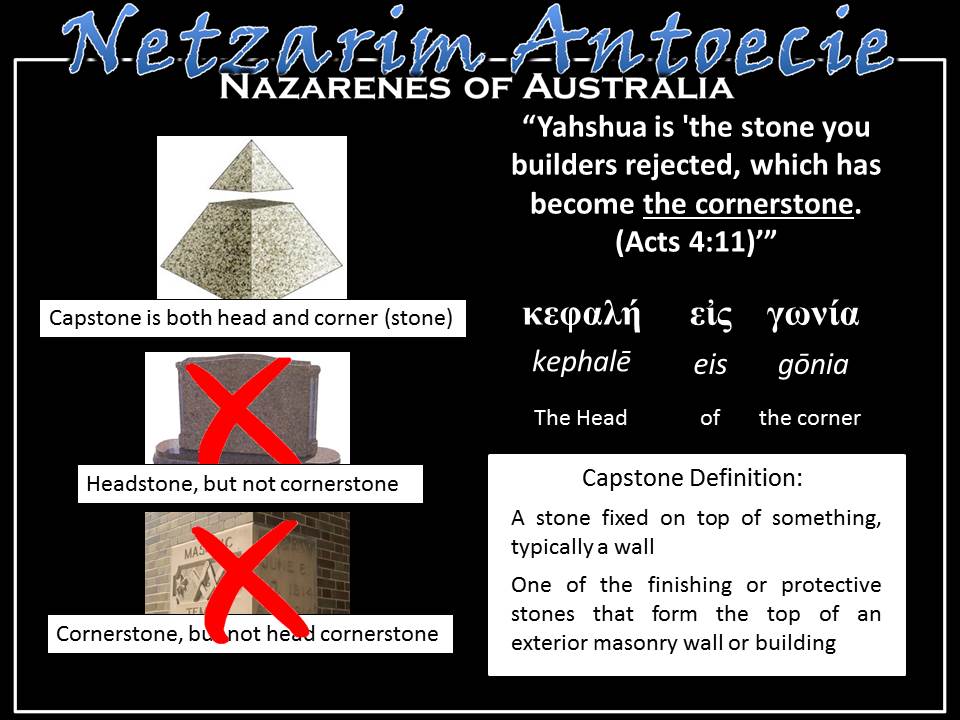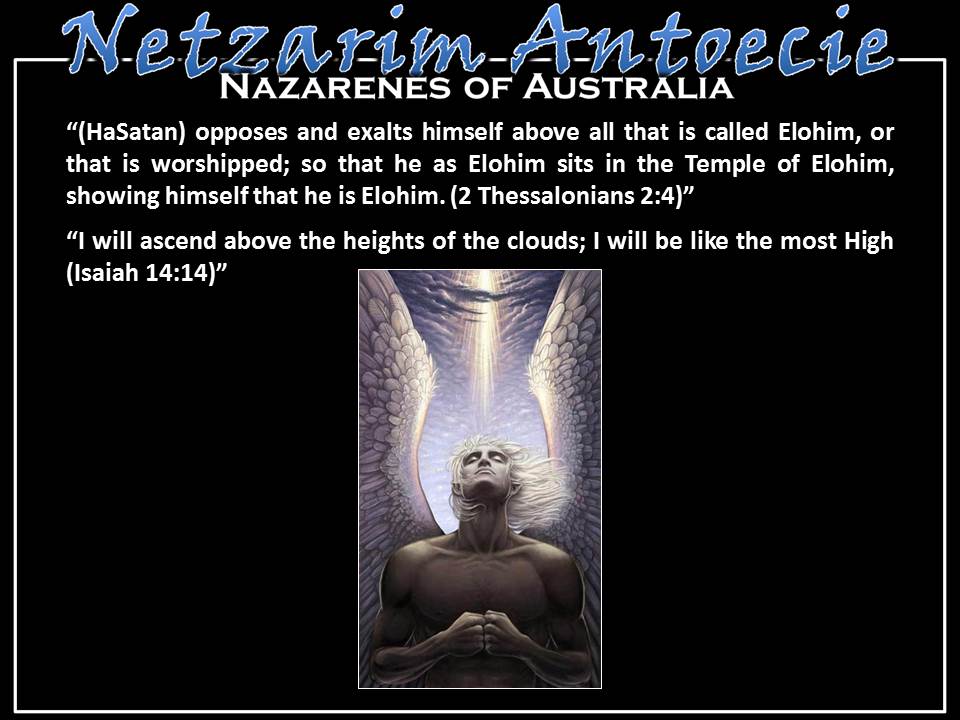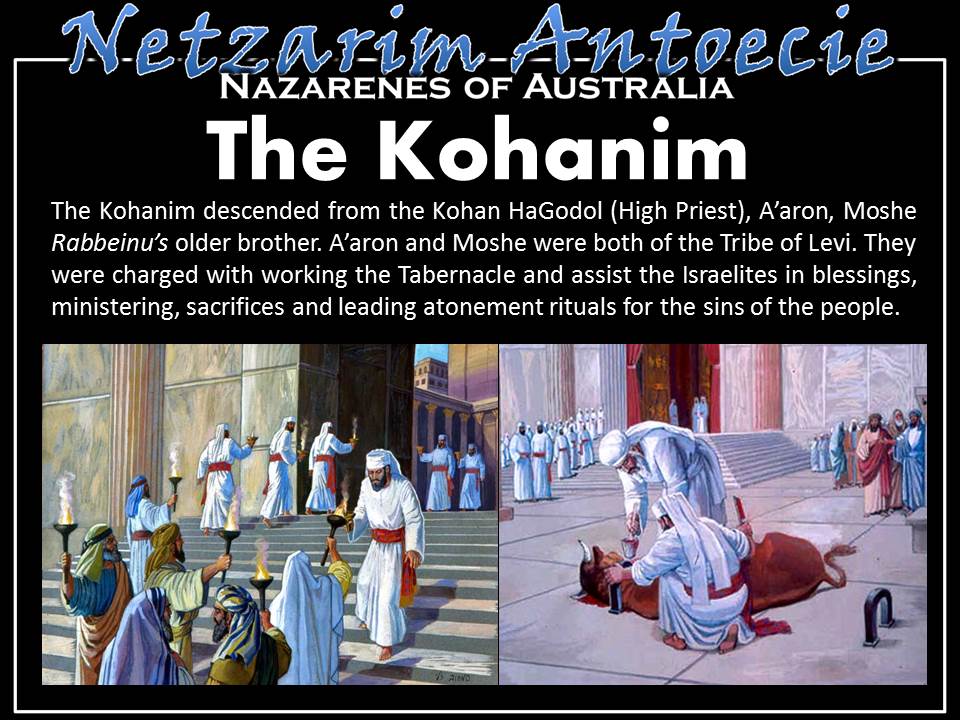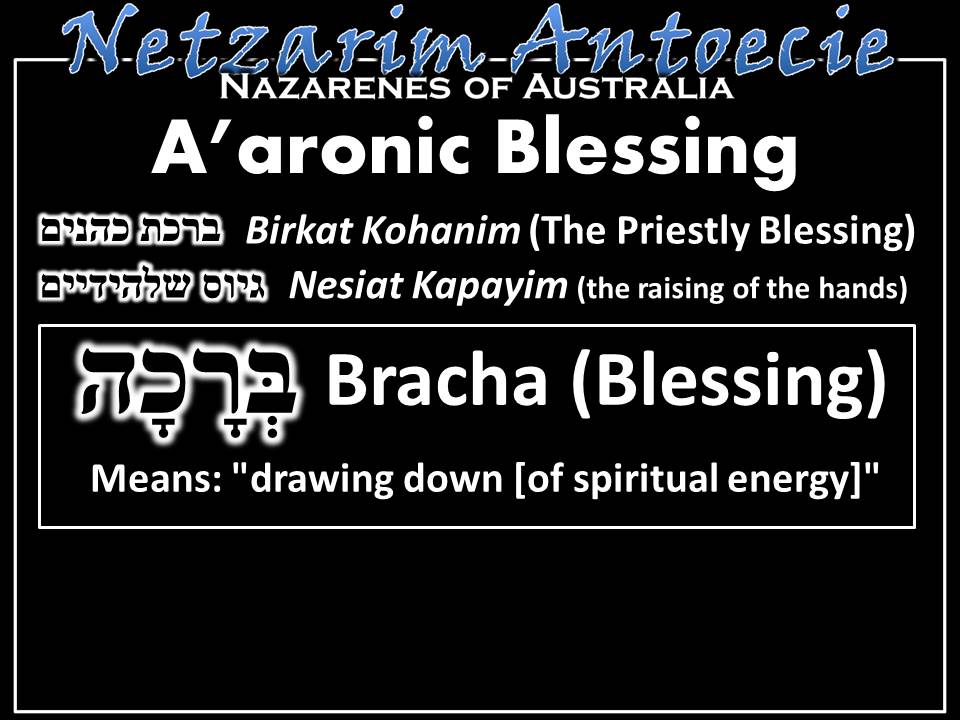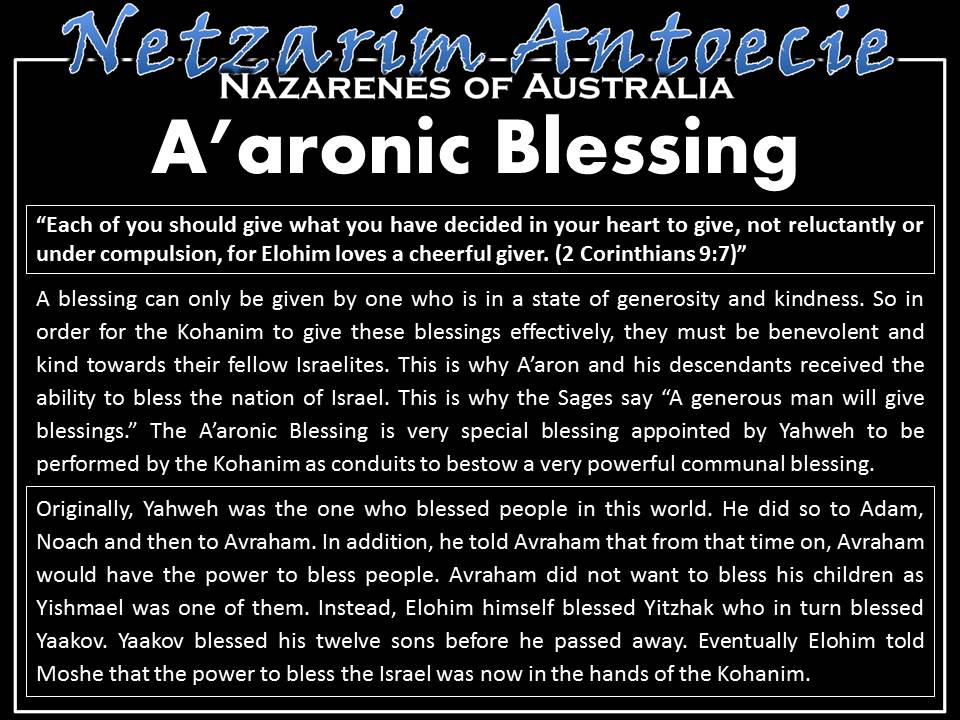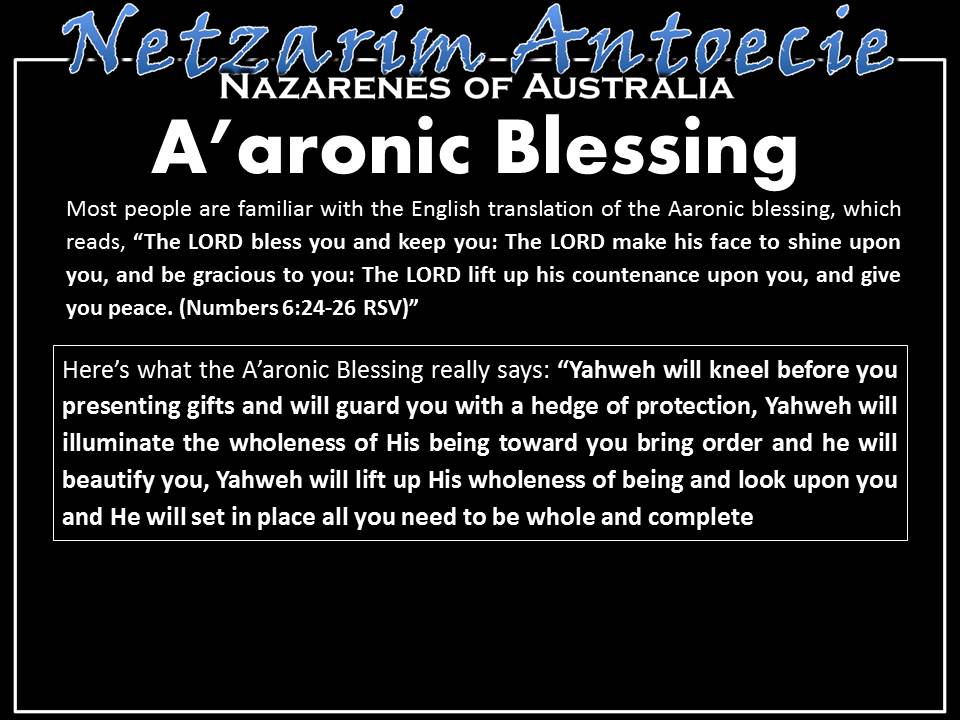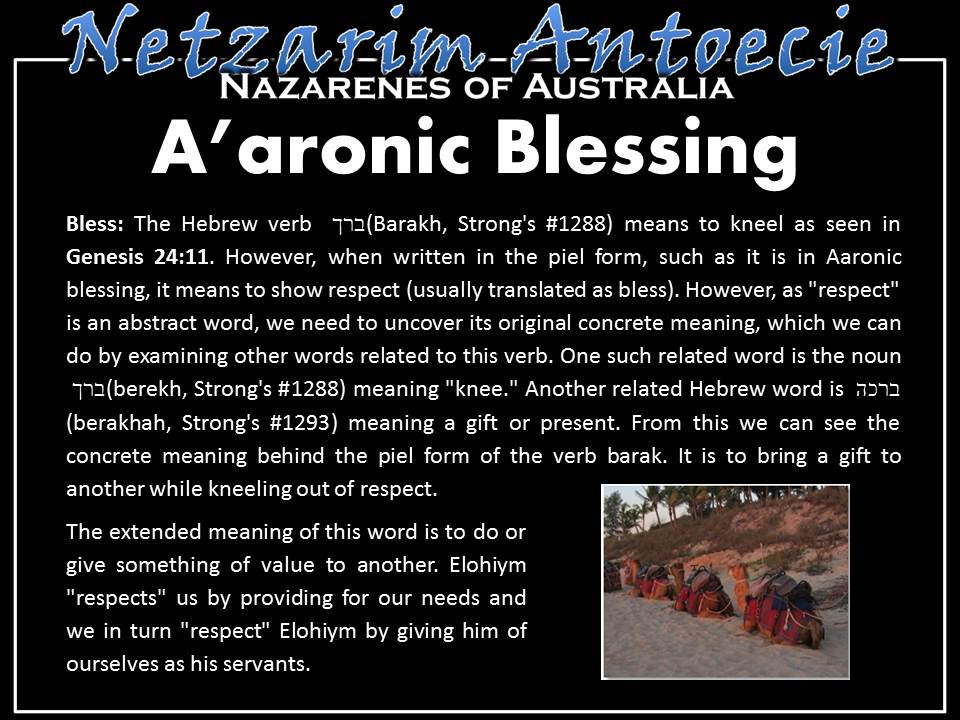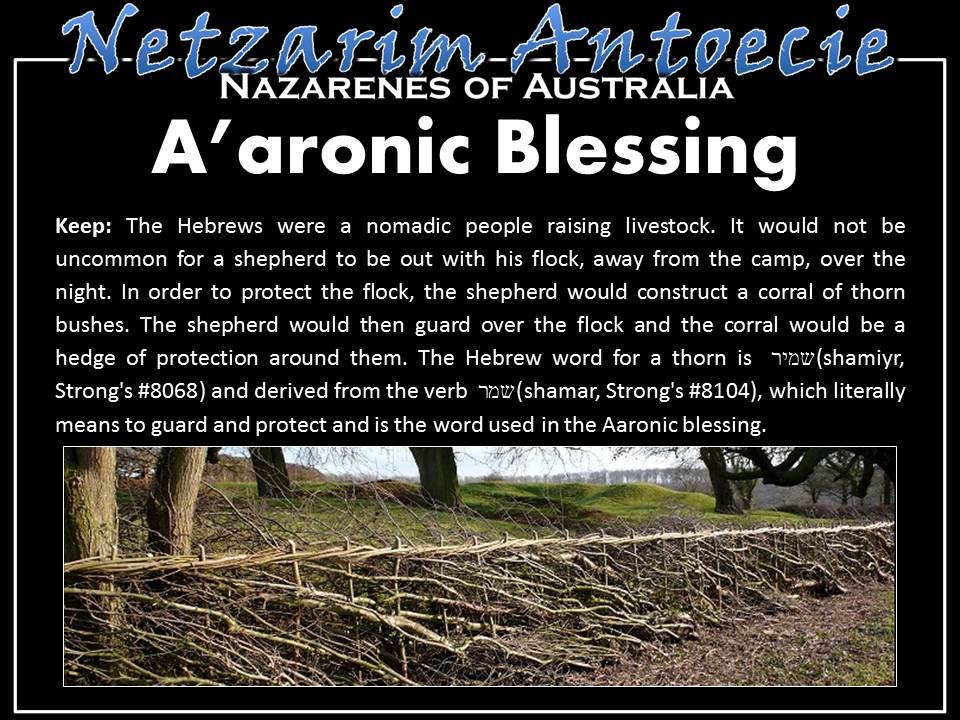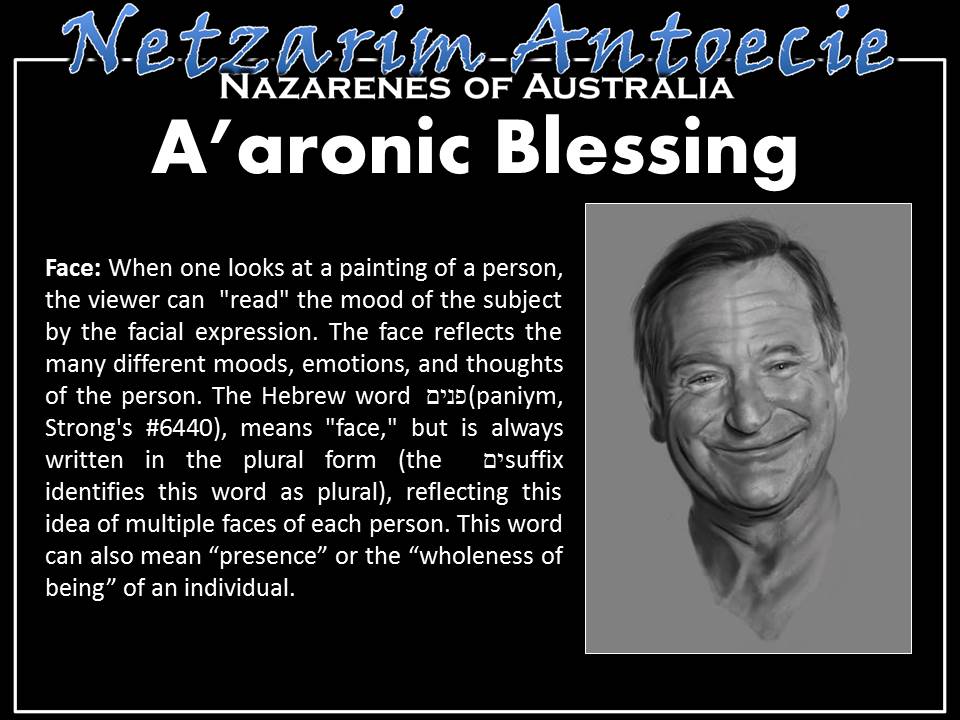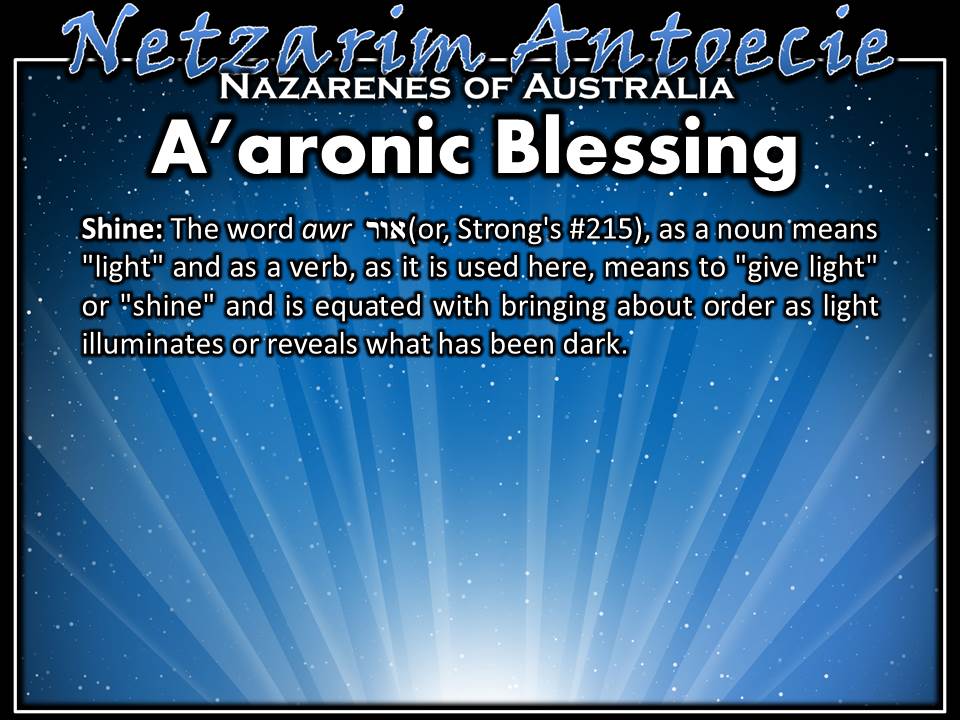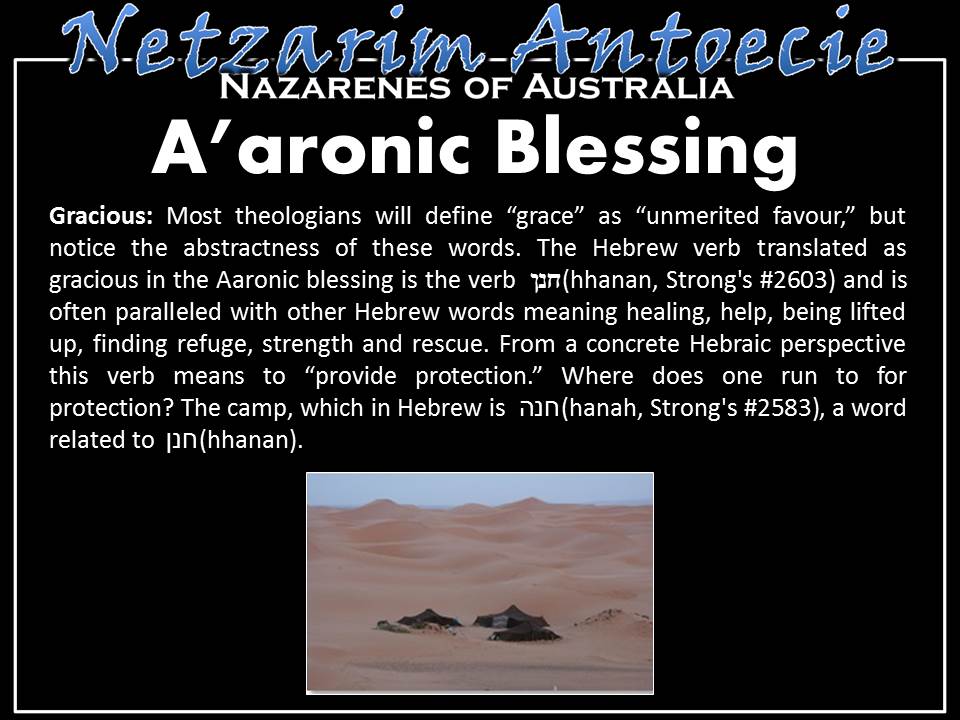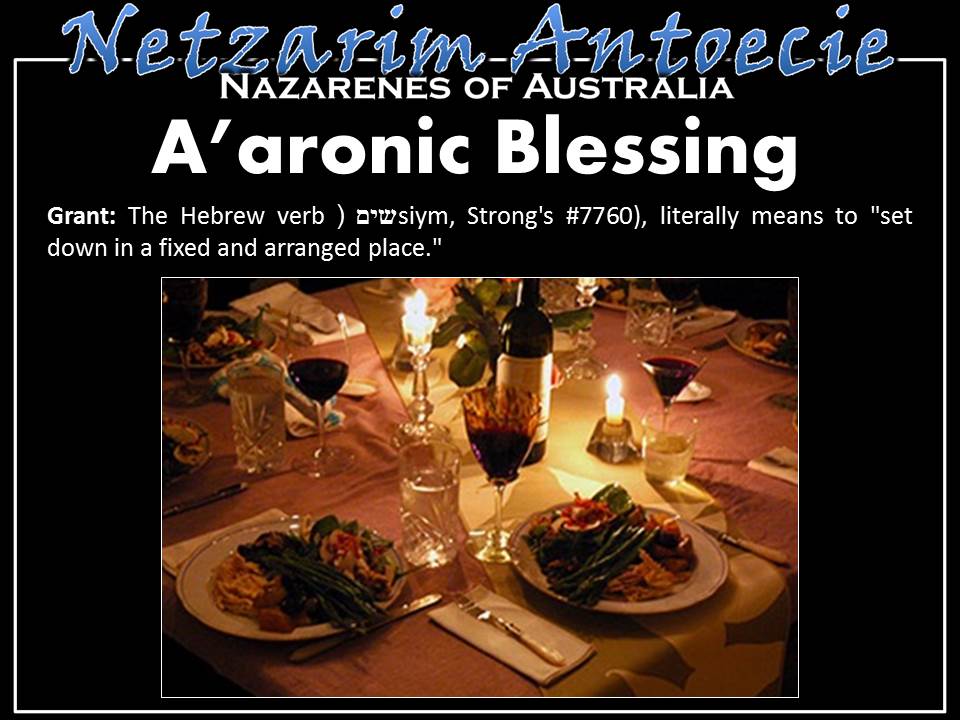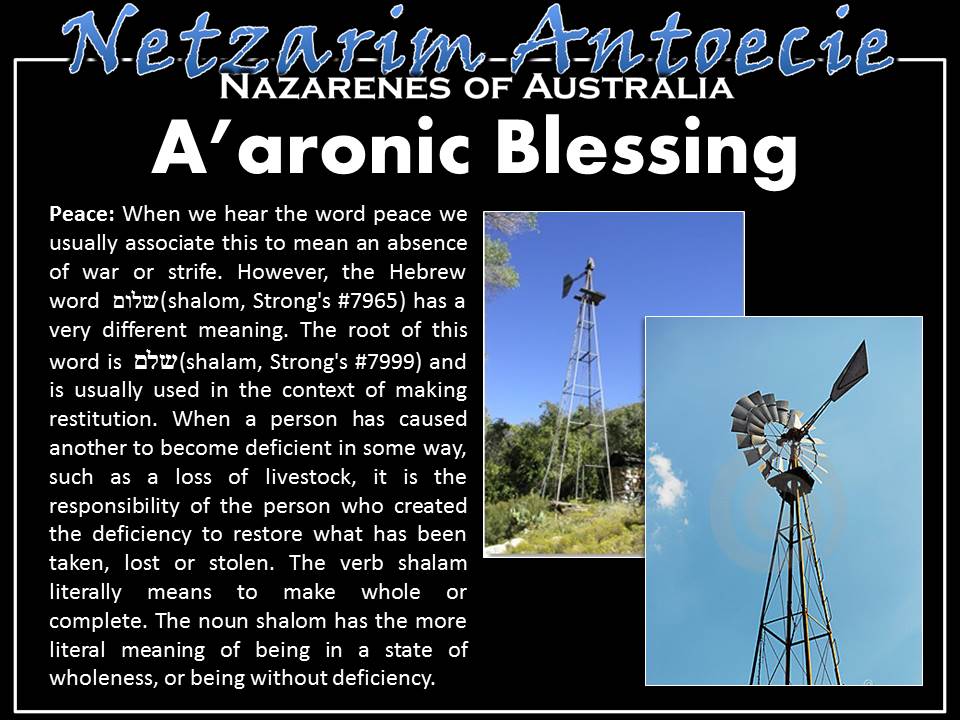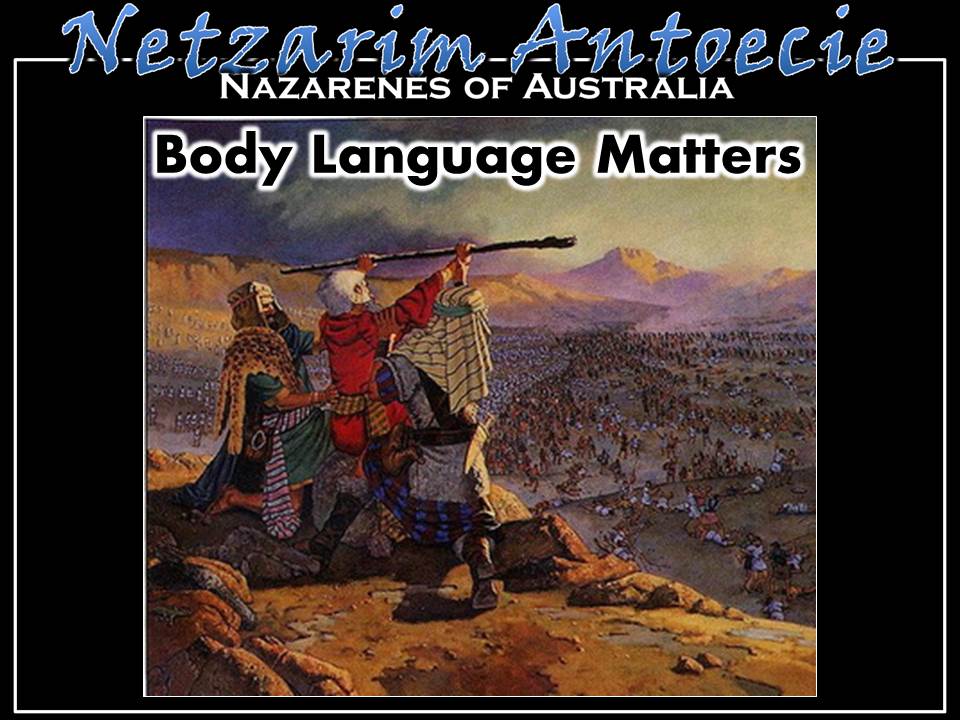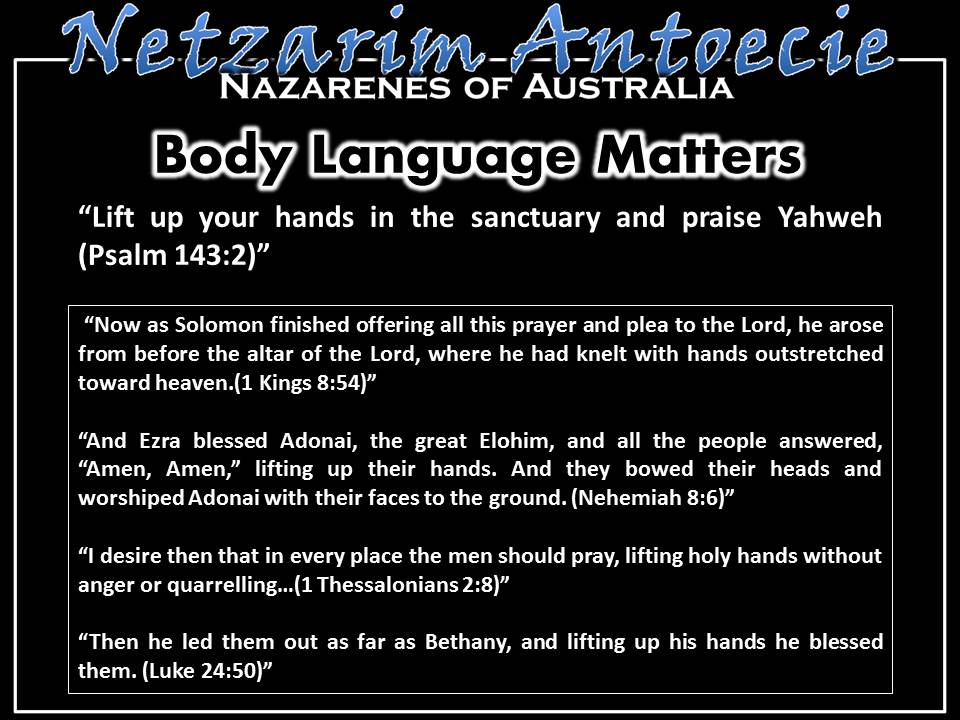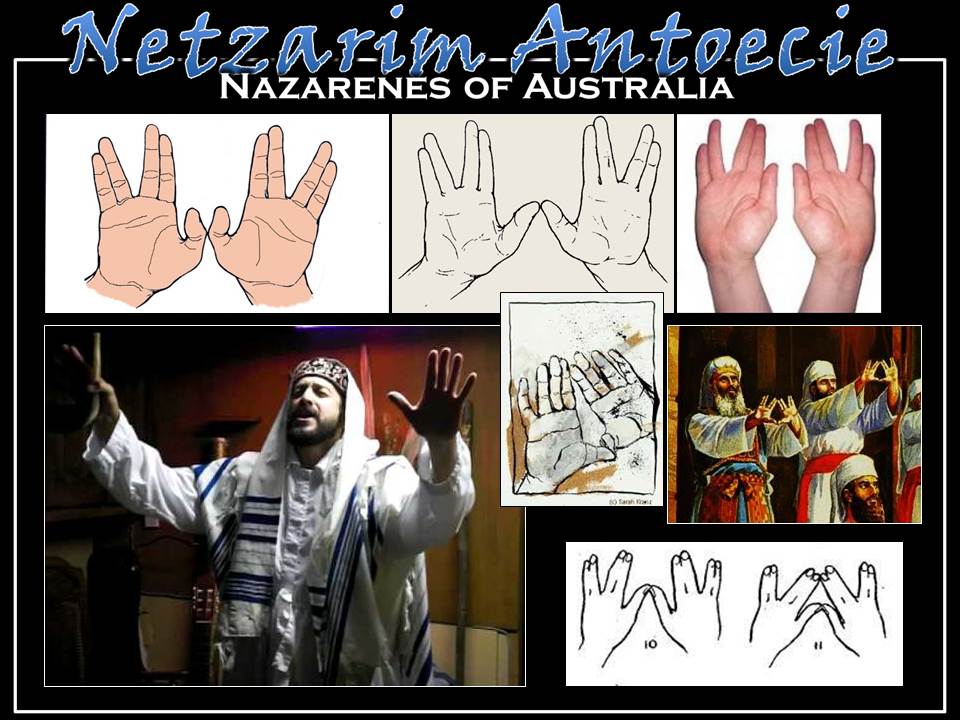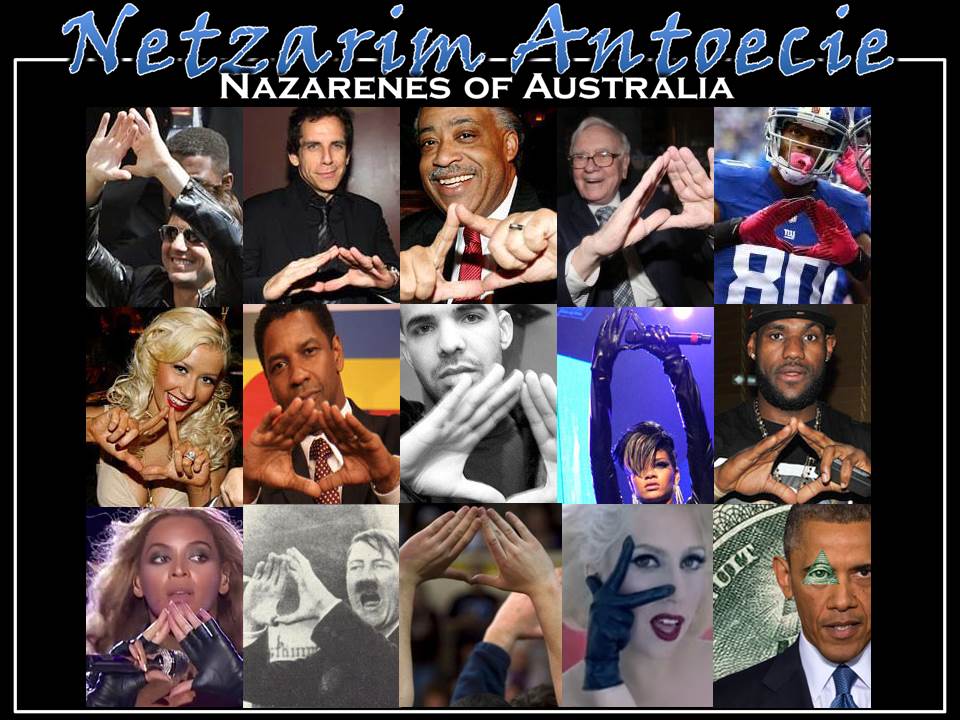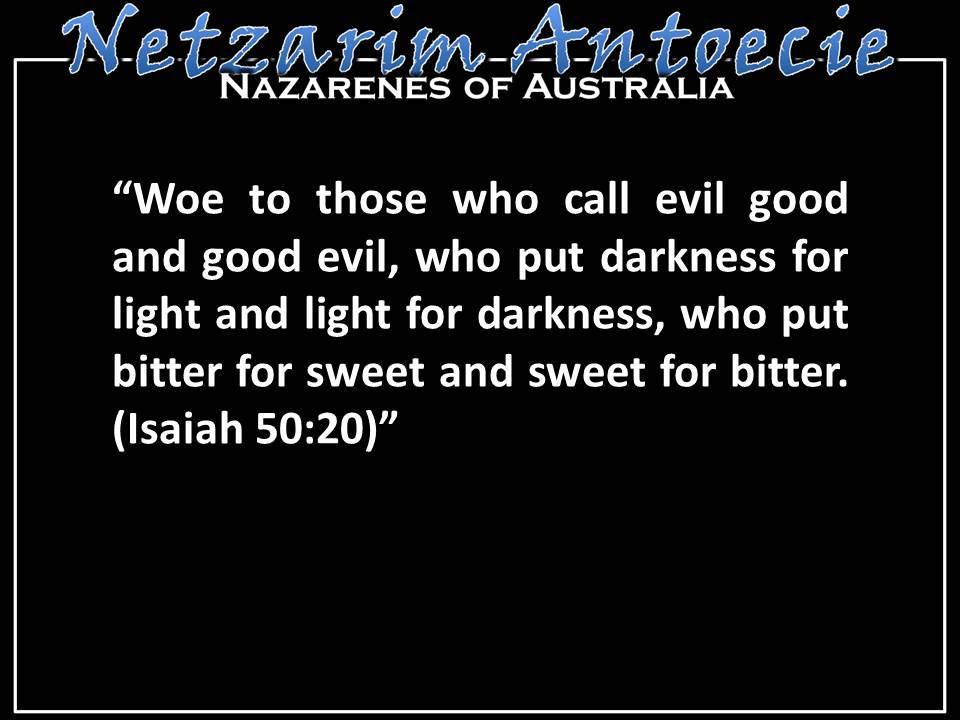Disclaimer
Please note the following 2 teachings "Truth about the eye in the triangle" and part 2 "Isn't It A'aronic" are in no way supporting the works of secret societies of the world, these teachings are designed to expose the truths of what was once sacred are now being used to push agendas to move people away from our Heavenly Father and the truth in Sciprutres. As such we highly recommend watching the 3 video segments and then reading the study notes and slides to get a greater understanding on this subject. Thank you Netzarim Antoecie (Nazarenes of Australia)
The Truth about the Eye in the Triangle – Part 2
Isn’t It Aaronic?
Introduction
Last week we established that the Hebrew letter, the dalet, is the origin of the triangle, a three edged polygon with three vertices. We looked at how it represents our relationship with Yahweh, His Divine protection, and how it relates to Messiah himself being our top and corner stone. As Acts 4:11 reads: “Yahshua is 'the stone you builders rejected, which has become κεφαλή (kephalē) εἰς (eis) γωνία (gōnia), which means “The head of the corner.”
We saw how a world-wide luciferian order has hijacked the sacred dalet and the Megan David (The Star of David) by imbuing them with opposing forces, superimposing HaSatan into their meaning, elevating his role to supreme deity, thus changing their association with good to evil. “(HaSatan) opposes and exalts himself above all that is called Elohim, or that is worshipped; so that he as Elohim sits in the Temple of Elohim, showing himself that he is Elohim. (2 Thessalonians 2:4)” “I will ascend above the heights of the clouds; I will be like the most High (Isaiah 14:14)”
The enemy wants to set up an imitation kingdom. Forget about Hollywood’s portrayal of the Devil. He is never mentioned flourishing in an underworld with a lake of fire. In fact, the only time he is mentioned being in proximity to fire is before his fall from grace and then at his demise fire is mentioned again.
We found that the three pyramids on the Giza Pleatu in Egypt were not in fact Egyptian. They were erected by Noach’s grandfather, Enoch and his ancestors (the sons of Seth), in the predeluge era as a continuing memorial of Yahweh’s plan of salvation. “He has made a memorial for His wonders. (Psalms 111:4)” “In that day there will be an altar to Yahweh in the heart of Egypt, and a monument to Yahweh at its border. It will be a sign and witness to Yahweh Almighty in the land of Egypt. When they cry out to Yahweh because of their oppressors, he will send them a saviour and defender, and he will rescue them. (Isaiah 19:19-20)” “You performed signs and wonders in Egypt and have continued them to this day, in Israel and among all mankind, and have gained the renown that is still yours. (Jeremiah 32:20)”
It came as a shock to us to see the Pyramids of Egypt in such light and it brought it home to us how the enemy has tried to pervert nearly everything that we hold dear about our faith, including our worship, our language, our mission and our people. Even astrology was ours, it was called hokmat ha-nissayon, which means "the wisdom of prognostication.” This is why the commonly used congratulatory phrase “Mazel Tov” means “Hope your offspring is born in a good constellation.” Numerology was ours, it was called Gematria, the assignment of numerical value to Hebrew letters and words. And know this, that the same symbology, that is, the correct symbolic representations of things in the Book of Revelations corresponds to the same symbology used in Kabbalah. For example, a white horse that represents pestilence in the Book of Revelation has the same representation in kabbalah and even Tarot cards. Those of you that have Jewish publications, books, etc, notice that these books open in the opposite direction, from the back to the front, in actuality the back is the front. So the enemy wants you to read backwards when we should be reading in the opposite direction, the true direction.
Today, Yah willing, we will strive to go deeper.
The Gift to the Generous Ones
The Eye in the Triangle has a link to the A’aronic Priesthood or the Kohanim as they are called in Hebrew. The Kohanim descended from the Kohan HaGodol (High Priest), A’aron, Moshe Rabbeinu’s older brother. A’aron and Moshe were both of the Tribe of Levi. They were charged with working the Tabernacle and assist the Israelites in blessings, ministering, sacrifices and leading atonement rituals for the sins of the people. “Instead, appoint the Levites to be in charge of the tabernacle of the covenant law--over all its furnishings and everything belonging to it. They are to carry the tabernacle and all its furnishings; they are to take care of it and encamp around it. (Numbers 1:50)”
The word Kohan is usually translated as “priest.” That’s fine, but what does the word priest mean? Priest means “ordained minister.” But what does that mean? Minister can mean “head of the clergy,” but what does clergy mean? Clergy means priesthood. Feel like you’re going in circles?
The name Kohan literally means “friend who works diligently to achieve Divine harmony in a masterful way.” A’aron was a descendant of the tribe of Levi. So all Kohanim are Levites, but not all Levites are Kohanim. A’aron was worthy of receiving the priesthood, because he was one who loved peace, pursued peace, loved Elohim’s creatures and drew them close to Torah (Ethics of the Fathers 1:12) While Moshe is the more dominant figure in the Torah, A’aron is always a full and integral partner in the events and undertakings that forge a clan of liberated slaves into Yahweh’s people. It is as if Moshe cannot accomplish anything without A’aron, and A’aron in turn is likewise dependent upon Moshe in the fulfillment of his role. This was to be the model of the Priestly class and the rest of the nation of Israel. Moshe and A’aron were commissioned to create a people who would serve as Yahweh’s “light unto the nations”—as the disseminators of Elohim’s wisdom and will to His creation.
A’aron had a weight with the people; he was notable for his kindness and generosity. This is why he and his descendants were given the A’aronic Blessing. It is also known as the birkat kohanim (the priestly blessing) or the nesiat kapayim (the raising of the hands). Many of you are familiar with the A’aronic Blessing. It is found in its complete form in Numbers 6:22-27 and is the most famous blessing in all the Scriptures. It was entrusted by Yahweh to the priestly class of the nation of Israel, known as the Kohanim, to be bestowed upon the people. A blessing or bracha in Hebrew means the drawing down of spiritual energy.
In turn the recipient Israelite is entrusted with the task of building a spiritual vessel with his obedience, which is to contain the spiritual energy that comes from receiving blessings. So a blessing can miss its mark in three ways. Either the giver and receiver of the blessing are deficient, the second is that just the giver is deficient, and the third and most common is that the recipient is insufficiently equipped to hold onto the spiritual energy that flows down to him.
A blessing can only be given by one who is in a state of generosity and kindness. So in order for the Kohanim to give these blessings effectively, they must be benevolent and kind towards their fellow Israelites. This is why A’aron and his descendants received the ability to bless the nation of Israel. This is why the Sages say “A generous man will give blessings.” The A’aronic Blessing is a very special gift appointed by Yahweh to be performed by the Kohanim as conduits to bestow a very powerful communal blessing.
Originally, Yahweh was the one who blessed people in this world. He did so to Adam, Noach and then to Avraham. In addition, he told Avraham that from that time on, Avraham would have the power to bless people. Avraham did not want to bless his children as Yishmael was one of them. Instead, Elohim himself blessed Yitzhak who in turn blessed Yaakov. Yaakov blessed his twelve sons before he passed away. Eventually Elohim told Moshe that the power to bless the Israel was now in the hands of the Kohanim
Most people are familiar with the English translation of the A’aronic blessing, which reads, “The LORD bless you and keep you: The LORD make his face to shine upon you, and be gracious to you: The LORD lift up his countenance upon you, and give you peace. (Numbers 6:24-26 RSV)”
Notice that many of the words in this translation are abstract words, including; bless, keep, gracious, countenance and peace. Each of the Hebrew words behind the English in this passage is filled with images that are lost when translated into the English language. What’s a bless, what’s a gracious, what’s a countenance, what’s a peace?
When we examine each of these words from their original cultural and linguistic perspectives, the message in this passage comes alive.
Here’s what the A’aronic Blessing really says: “Yahweh will kneel before you presenting gifts and will guard you with a hedge of protection, Yahweh will illuminate the wholeness of His being toward you bring order and he will beautify you, Yahweh will lift up His wholeness of being and look upon you and He will set in place all you need to be whole and complete.”
Let’s break down the text.
Bless: The Hebrew verb ברך (Barakh, Strong's #1288) means to kneel as seen in Genesis 24:11. However, when written in the piel form, such as it is in Aaronic blessing, it means to show respect (usually translated as bless). However, as "respect" is an abstract word, we need to uncover its original concrete meaning, which we can do by examining other words related to this verb. One such related word is the noun ברך (berekh, Strong's #1288) meaning "knee." Another related Hebrew word is ברכה (berakhah, Strong's #1293) meaning a gift or present. From this we can see the concrete meaning behind the piel form of the verb barak. It is to bring a gift to another while kneeling out of respect. The extended meaning of this word is to do or give something of value to another. Elohiym "respects" us by providing for our needs and we in turn "respect" Elohiym by giving him of ourselves as his servants.
Keep: The Hebrews were a nomadic people raising livestock. It would not be uncommon for a shepherd to be out with his flock, away from the camp, over the night. In order to protect the flock, the shepherd would construct a corral of thorn bushes. The shepherd would then guard over the flock and the corral would be a hedge of protection around them. The Hebrew word for a thorn is שמיר (shamiyr, Strong's #8068) and derived from the verb שמר (shamar, Strong's #8104), which literally means to guard and protect and is the word used in the Aaronic blessing.
Face: When one looks at a painting of a person, the viewer can"read" the mood of the subject by the facial expression. The face reflects the many different moods, emotions, and thoughts of the person. The Hebrew word פנים (paniym, Strong's #6440), means "face," but is always written in the plural form (the ים suffix identifies this word as plural), reflecting this idea of multiple faces of each person. This word can also mean “presence” or the “wholeness of being” of an individual.
Shine: The word awr אור (or, Strong's #215), as a noun means "light" and as a verb, as it is used here, means to "give light" or "shine" and is equated with bringing about order as light illuminates or reveals what has been dark.
Gracious: Most theologians will define “grace” as “unmerited favour,” but notice the abstractness of these words. The Hebrew verb translated as gracious in the Aaronic blessing is the verb חנן (hhanan, Strong's #2603) and is often paralleled with other Hebrew words meaning healing, help, being lifted up, finding refuge, strength and rescue. From a concrete Hebraic perspective this verb means to “provide protection.” Where does one run to for protection? The camp, which in Hebrew is חנה (hanah, Strong's #2583), a word related to חנן (hhanan).
Grant: The Hebrew verb שים (siym, Strong's #7760), literally means to "set down in a fixed and arranged place."
Peace: When we hear the word peace we usually associate this to mean an absence of war or strife. However, the Hebrew word שלום (shalom, Strong's #7965) has a very different meaning. The root of this word is שלם (shalam, Strong's #7999) and is usually used in the context of making restitution. When a person has caused another to become deficient in some way, such as a loss of livestock, it is the responsibility of the person who created the deficiency to restore what has been taken, lost or stolen. The verb shalam literally means to make whole or complete. The noun shalom has the more literal meaning of being in a state of wholeness, or being without deficiency.
Along with the A’aronic Blessing came the hand gesture, which most of you are familiar with. In Torah, body position in prayer is absolutely paramount, though often ignored by people who can’t see much Scriptural evidence for its direction. Nothing could be further from the truth.
There are times we should be seated low to the ground, standing straight, bowing, even raising up on tippy-toes. There are times we should have our head bowed, be seated, even moving vigorously. Body position is as critical in prayer or when dispensing a blessing as it is in a job interview. To someone who says, ‘G-d doesn’t care about what you’re body parts do in prayer,’ should be asked, ‘Well, did it matter that Moshe had his arms raised for the duration of the Israelites battle against Amalekites?’ Every time he lowered his arms Israel was in trouble. Yahweh does command us to raise our hands, especially in the sanctuary! “Lift up your hands in the sanctuary and praise Yahweh (Psalm 143:2)” You think the A’aronic Blessing was administered from it’s very outset with the giver’s arms raised in the sanctuary at most other times and then tied to his side in the finale. This is like a stadium full of football fans raising their arms in excitement throughout a game and at the end when their team wins their arms are nowhere to be seen.
“Now as Solomon finished offering all this prayer and plea to the Lord, he arose from before the altar of the Lord, where he had knelt with hands outstretched toward heaven.(1 Kings 8:54)”
“And Ezra blessed Adonai, the great Elohim, and all the people answered, “Amen, Amen,” lifting up their hands. And they bowed their heads and worshiped Adonai with their faces to the ground. (Nehemiah 8:6)”
“I desire then that in every place the men should pray, lifting holy hands without anger or quarrelling…(1 Thessalonians 2:8)”
“Then he led them out as far as Bethany, and lifting up his hands he blessed them. (Luke 24:50)”
The A’aronic blessing, the final parting word of the day’s service to Yahweh was certainly not an armless affair? No power could restrain the arms here. The arms extended out to direct the blessing. It was a gesture, given to show that it was an act of giving something.
Next, some of you may have noticed opened palms with fingers specifically arrayed as the blessing is administered.
Some of you might remember Mr. Spock in Star Trek, played by Leonard Nimoy. In the series, his character was half-Vulcon and did what’s called a Vulcan salute, a greeting that was devised by the actor himself who was Jewish, to help sell the alien cultural background of his character.
In Leonard Nimoy’s autobiography I Am Not Spock, Nimoy wrote that he based the Vulcon Salute on the Priestly Blessing performed by Jewish Kohanim with both hands, thumb to thumb in this same position, representing the Hebrew letter Shin (ש), which has three upward strokes similar to the position of the thumb and fingers in the salute. The letter Shin here stands for El Shaddai, meaning "Mighty One of Spirits", as well as for Shekinah and Shalom. Nimoy wrote that when he was a child, his grandfather took him to an Orthodox synagogue, where he saw the blessing performed and was impressed by it
The hand gesture was taken from the A’aronic Blessing that he saw performed in Synagogues when he was growing up. This format is similar to common Middle Eastern greetings (Salaam alaykum in Arabic and Shalom aleikhem in Hebrew), meaning “peace be upon you,” and its reply, “upon you be peace.”
There are many variations of the hand gesture depending on the sect of Judaism. The one I prefer, is the one with the joined thumbs and forefingers with the right eye of mercy behind. Which one is right? Who knows. But until we know the correct formation of the hands, if there is indeed a correct way, it’s down to personal preference.
The woman of the home’s hand motions over the Shabbat candles are a form of self-administer A’aronic Blessing. Traditionally, the woman of the house would light the Shabbat candles and then wave her hands over the flames and draw them up toward her face, bringing them up to cover her eyes on the final pass. At this point she makes a silent prayer to Yahweh that only she has the power to draw down. Each hand wave over the candles symbolises the power to live (nefesh); the mind/will (ru'ach), and the spirit (neshamah) in that she receives the Shabbat Presence into all three layers of a person’s make-up. With each wave of the hands, one should consciously take a deep breath and try to feel the atmosphere of Shabbat touching another aspect of your being.
It’s no wonder the enemy has made an attack on our most gracious gift from the Almighty, the birkat kohanim (the priestly blessing), that flows through the stone, the upper, corner stone that represents the stone the builder’s rejected – Yahshua HaMoshiach.
If you want to keep jumping the boogie-man every time you see a triangle be my guest, but don’t you think it’s time to take back the truth, undress it from its outer layer of false-hood and claim it back in the name of Yahshua HaMoshiach!
Don’t get caught up in all this hocus-pocus about vein subjects. Such people look for a devil under every rock. My hope is that whenever you see a triangle, you’ll say a quite blessing and thank Yahweh for the knowledge he’s given you to know the truth. Because “Woe to those who call evil good and good evil, who put darkness for light and light for darkness, who put bitter for sweet and sweet for bitter. (Isaiah 50:20)”


